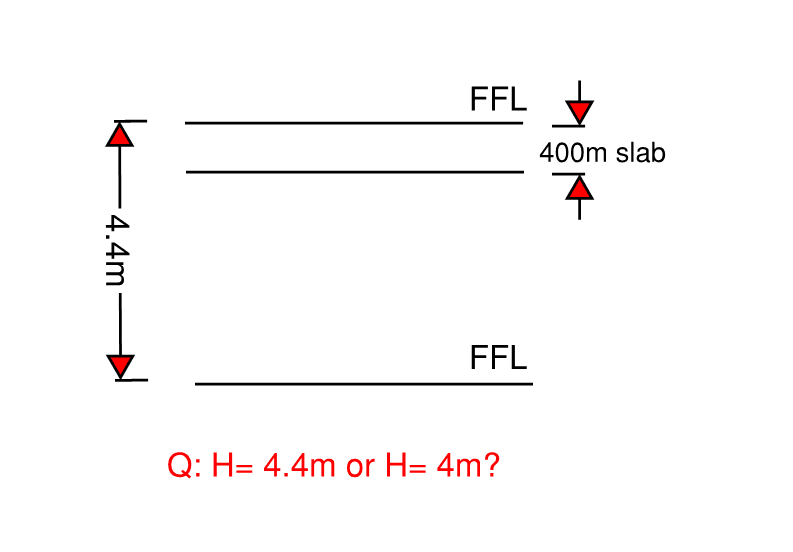Hello.
I am working on walls that are 4.4m in height. I try 200mm thick and designed them as columns and some of them fail in buckling already. However, if I design it as simplified wall, the slenderness is less than 30 so I work out the PhiNu and it pass easily.
May I ask why there is such a big difference? No moment is involved so far. Purely talking about the axial compression (buckling).
Thank you.
I am working on walls that are 4.4m in height. I try 200mm thick and designed them as columns and some of them fail in buckling already. However, if I design it as simplified wall, the slenderness is less than 30 so I work out the PhiNu and it pass easily.
May I ask why there is such a big difference? No moment is involved so far. Purely talking about the axial compression (buckling).
Thank you.

